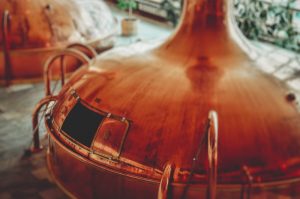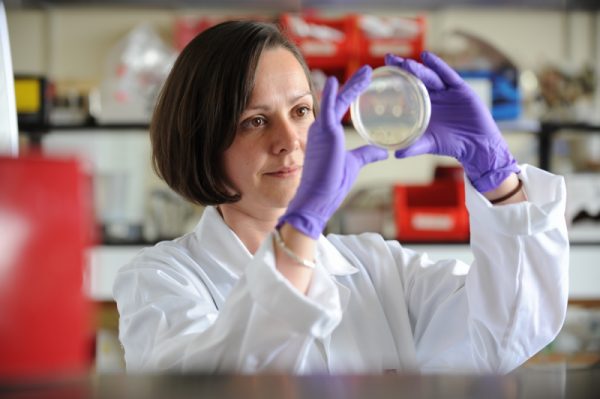

Whisky giant Diageo has teamed up with the University of Edinburgh to reduce the impact of its global footprint.
And as the global appetite for metals increases, this is a great example of academic partnership using cutting edge technologies to help industry become smarter at re-purposing resources with financial and environmental benefits.
By law, single malt Scotch whisky has to be distilled in copper pot stills. These stills have a crucial part to play in the character of the spirit. During distillation the spirit vapour interacts with the copper surface inside the still and then it condenses back into liquid. This contact has an influence on the final character of the spirit. Contact with the copper during distillation has a catalytic effect on the spirit, forming esters, which give the spirit its character and has an influence on the final distinctive character of the whisky after it has been matured in oak casks.
At the end of the distillation process, there is a liquid residue left at the bottom of the still. Known as pot ale, this contains traces of copper that have dissolved during distillation.
Diageo saw an opportunity to extract the potentially valuable copper from the distillation by-products in a greener, cheaper and cleaner way than currently achieved.
So, how could the dissolved copper be extracted? Traditionally, techniques, such as reed beds, filtration or electrolysis, were applied to the by-products, which reduced the levels of copper, allowing them to be used as animal feed or fertiliser. However, this was not resource-efficient.

The partnership with Professor Louise Horsfall, identified a new bacteria-based method of processing the co-products with the application of the single-cell bacterium Morganella morganii. This simple organism is able to produce copper nanoparticles when presented with copper ions in the by-product, affording the opportunity to re-use the copper. In addition, by using bioremediation techniques, the copper could be excreted by this single-celled bacterium in a stable nano-particle format, hundreds of times more valuable than bulk copper previously extracted.
This has opened up opportunities for it to be sold as antimicrobials or as quantum dots, which are essential in electronic products, such as transistors, solar cells and LEDs.
Advances on the frontier between biology and engineering that have happened in the last 10 years, are so enormous that companies who have industrial challenges are not always aware of them. So we can offer a biological solution that is quite green and clean. Quite often the most cutting edge science requires very expensive equipment that not all companies can invest in, but they can access through collaboration with University researchers.
Professor Louise Horsfall, Chair of Sustainable Biotechnology, University of Edinburgh
Image: whisky distillery by Martin Knize/Unsplash.